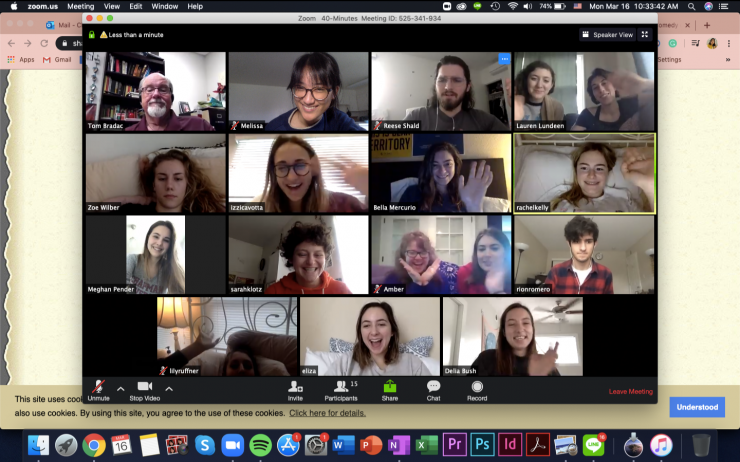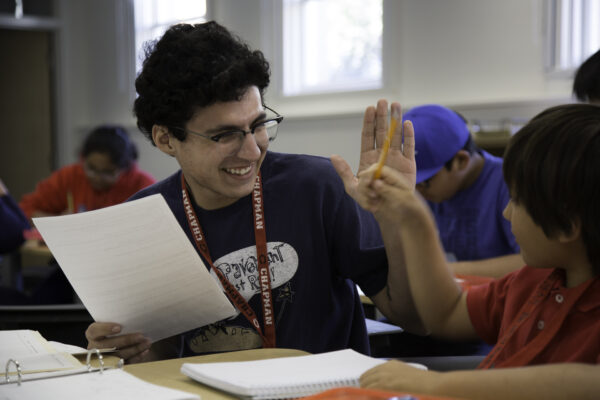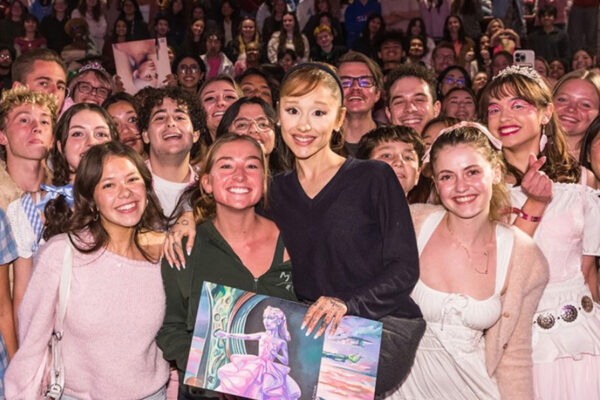Ingenuity is always in action at Chapman University, and in these challenging times, it’s also on the go.
It’s alive in a living room where an affable roommate subs in as the patient for a physician assistant student practicing abdominal exams. It’s in an-all-but-empty engineering lab where three professors churn out plastic face shields for hospital teams. It’s in an evolving dance project as students who are scattered across the country connect 30-second performances to create a video that reminds us that being apart doesn’t mean we can’t be a part of something special.
Such commitment to the learning experience and to those affected by the coronavirus pandemic is an inspiration, says Chapman President Daniele C. Struppa.
“While the move to remote learning was not seamless, it is truly extraordinary how well the community adapted and is continuing to thrive in this remote environment,” Struppa says. ”I have never been prouder of our students, faculty, staff, families and alumni, who have performed admirably during what will undoubtedly be considered one of the most challenging times in Chapman’s history.”
So how does it look out there in the online campus-away-from-campus made possible by the monumental efforts of IS&T and Educational Technology Services? For a glimpse, we offer a collection of moments, each a snapshot into an unprecedented crisis and the response to carry on in the midst of it all.
Face Shields to the Rescue
3D printers in Fowler School of Engineering that typically are used by students in the Grand Challenges Initiative are now churning out face shields to protect healthcare workers from exposure to the coronavirus.
As part of a national consortium organized by MatterHackers, an Orange County-based company that is a 3D printing partner of Fowler Engineering, three Chapman professors are producing the shields using the 20 or so printers in the school’s makers space. To date, they’ve delivered 200 masks to Children’s Hospital Los Angeles.
Like Santa’s modern helpers, the printers are tireless.
Ultimakers working hard… pic.twitter.com/dVEZmBTgg3
— Andrew Lyon (@L_Andrew_Lyon) March 30, 2020
Belly Up to the Remote Exam Table
Physician Assistant Studies faculty members have found ways to keep students on track with their training and education. Need to show the professor you know how to do an abdominal exam? Summon the roommate or family member who has extra time on his hands and tilt the computer screen just so for the professor to observe via computer webcam.
“I was surprised at how well it went. The students were in their scrubs and with their name tags on while they performed the exam on a friend, family member or roommate. I’ve been impressed,” says physician assistant and clinical professor Gabriela Belinsky. Read more about how Physician Assistant Studies faculty are providing backup at local medical clinics.
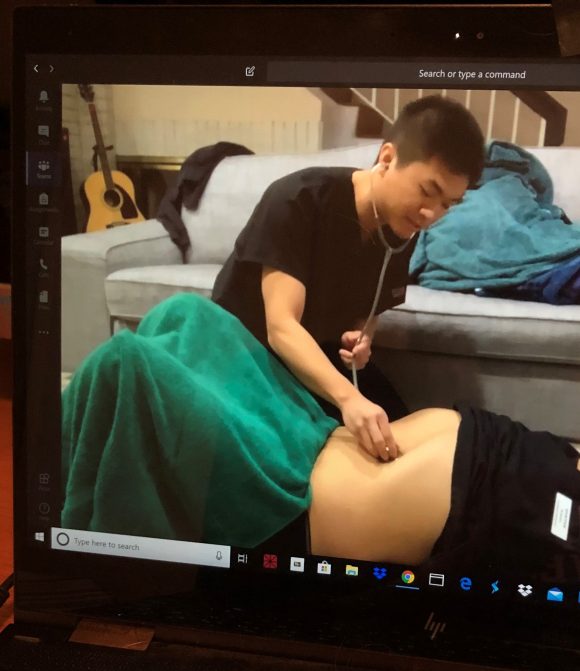
Dancing Together Apart
Technology has enabled all manner of online instruction, but Department of Dance faculty member Elizabeth Curtis, it’s also a stage.
Curtis challenged students from across the dance program to work together by video to create a singular piece stitched together from individual 30-second performances. Imagine a kind of tag-you’re-it process. A student uploads a dance onto a shared file-sharing platform. The next dancer in the digital lineup watches the video and builds on it. And so it goes until the sum of the parts forms a complete work. The final handiwork will be in the hands of a video editor, and Curtis is hopeful the work will be complete at the end of April.
She found inspiration in the artistic film “Exquisite Corps.” But this experience of creating a hybrid dance is also a practical exercise, Curtis says.
“The students can discover that they have an amalgam of styles in their own bodies — ballet, jazz, hip-hop, modern,” Curtis says. “Often in professional dance, the lines between these styles are blurred.”
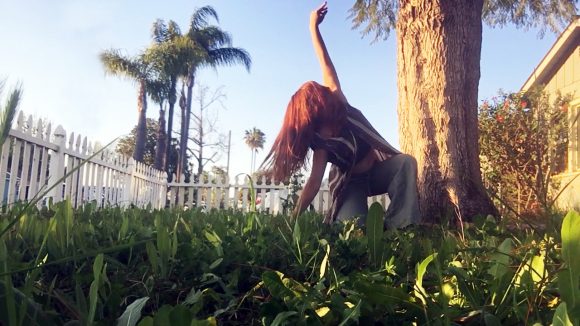
Remote Teaching With Family Help
Athletics presents unique challenges, but faculty have devised solutions.
Women’s Volleyball coach Mary Cahill is having her athletes view last year’s best games and act as the coach. They critique player performances, and also “scout” the players themselves.
Even family members are truly taking one for the team. Women’s basketball coach Carol Jue also teaches a self-defense class. For Jue’s video instruction on the fight and flight unit, her husband gamely played the role of attacker and suffered a very effective defense maneuver on Jue’s part.
New Connections in Virtual Class
Understandably, it’s easy to turn to a familiar face when the professor says find a partner for a classroom exercise. But when class is in the online platform Zoom and the professor uses its “breakout room” function to assign teams, serendipity can come into play. That’s what Department of History professor Shira Klein discovered.
“The Zoom program randomly assigned the teams. The students said they liked it because they were getting to know new people. For me that was a silver lining,” Klein says.
Welcoming Local Students Into the Discussion
In Attallah College of Educational Studies, Jorge F. Rodriguez opened virtual classroom doors wide to his LEAD 384 Ethnic Studies Activism course, allowing Santa Ana High School students to join via Zoom for a movie and expert dialogue with Chapman Presidential Fellow in Peace Studies Rozell “Prexy” Nesbitt.
Nesbit co-facilitated the class with Santa Ana High School ethnic studies teacher Carah Reed as the combined classes viewed “Teach Us All,” a social justice documentary on educational inequality set against the backdrop of the 1957 Little Rock school desegregation crisis.
Senior editor Dennis Arp and staff writer Brittany Hanson contributed to this report.
